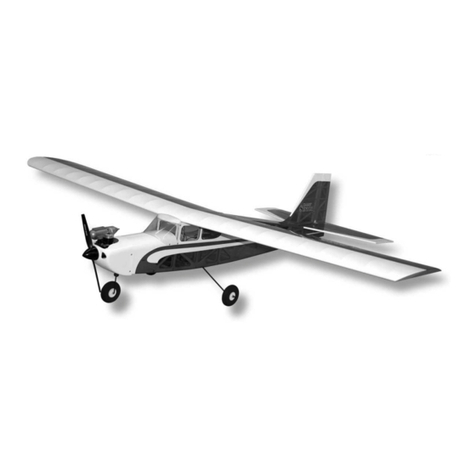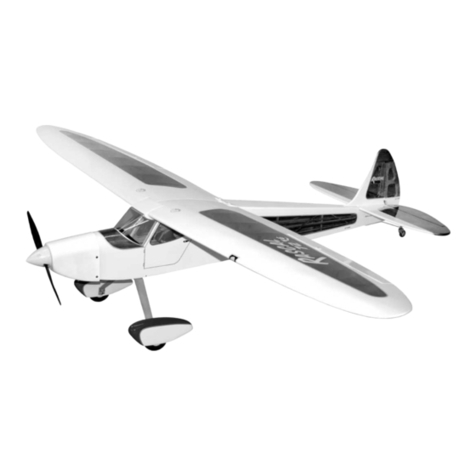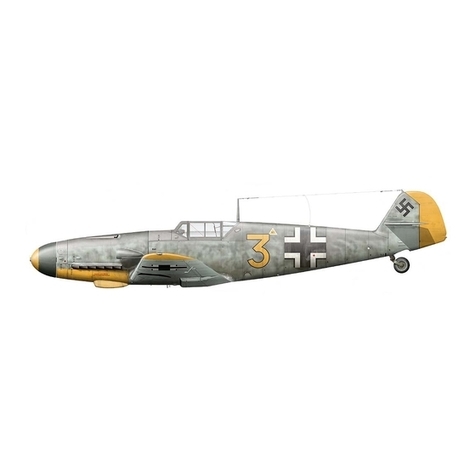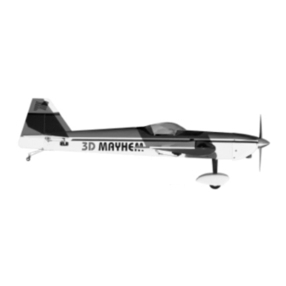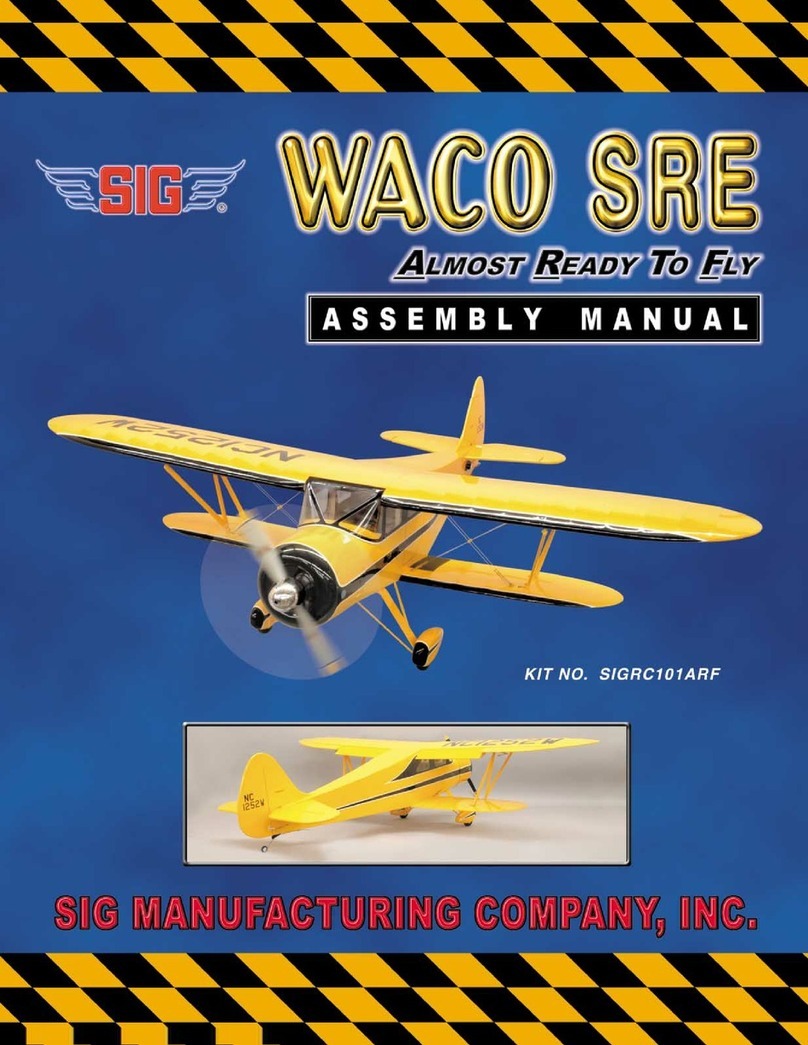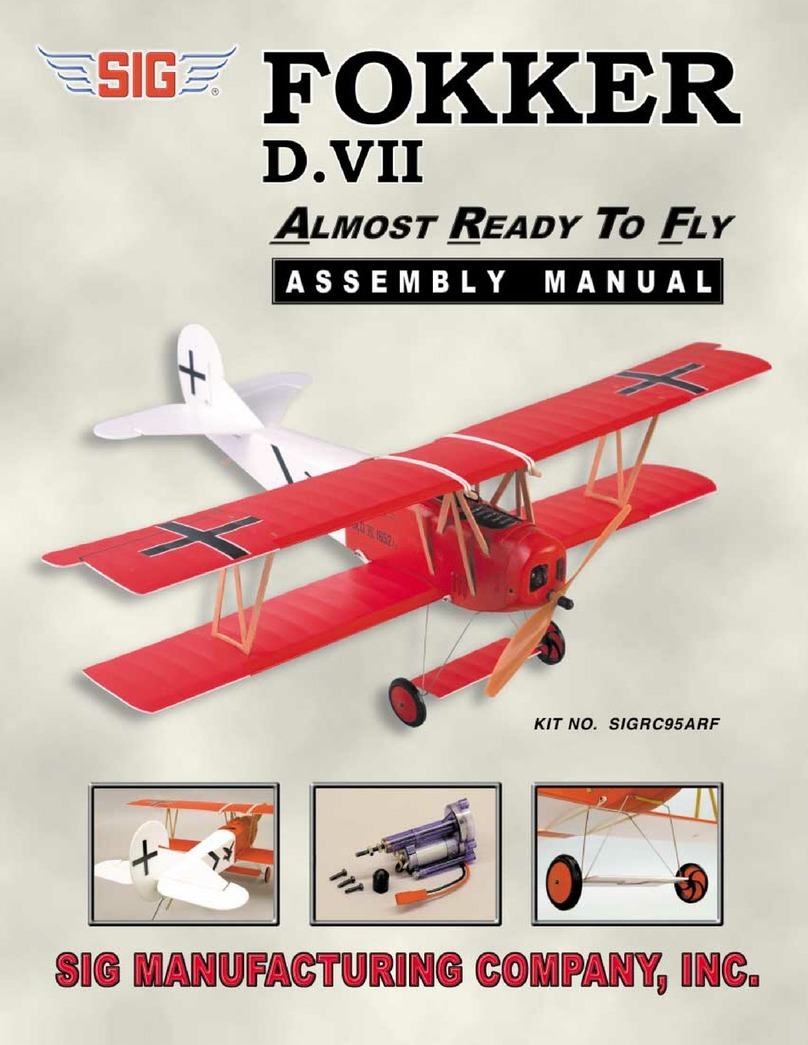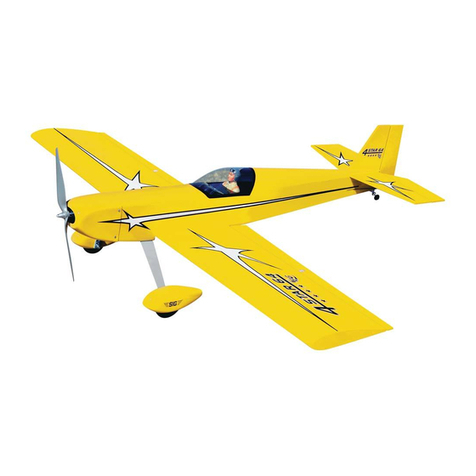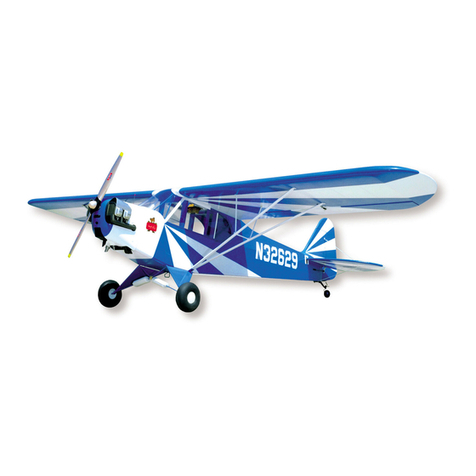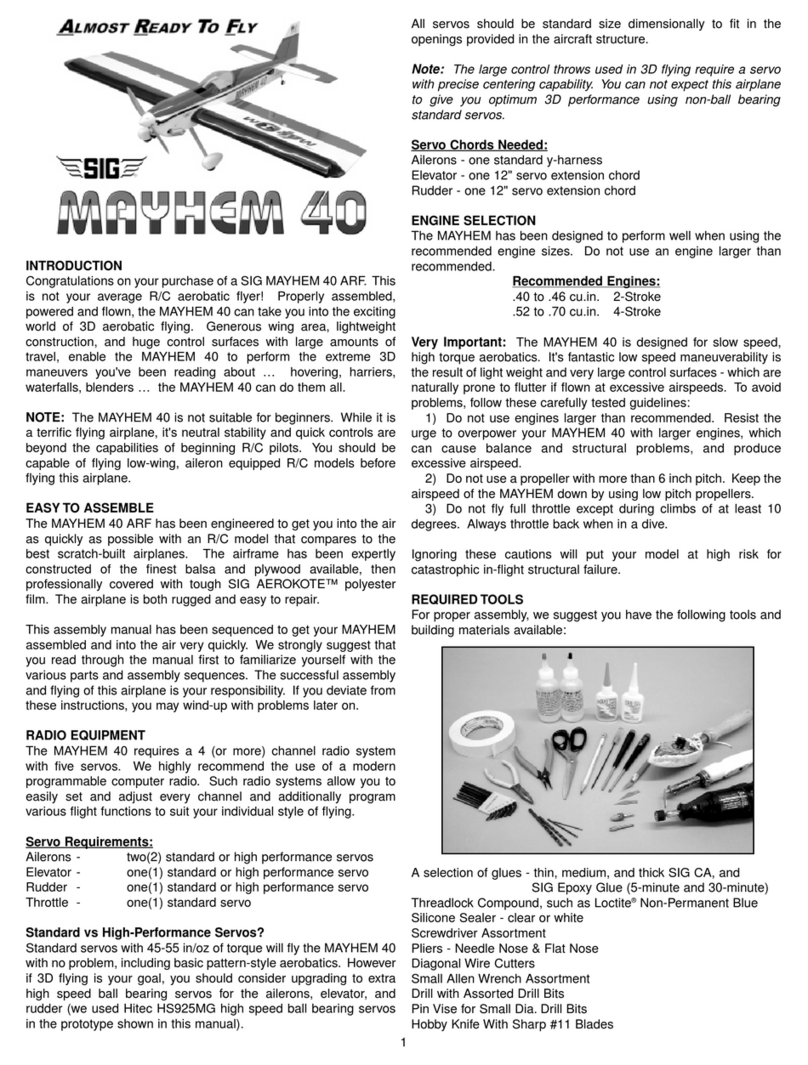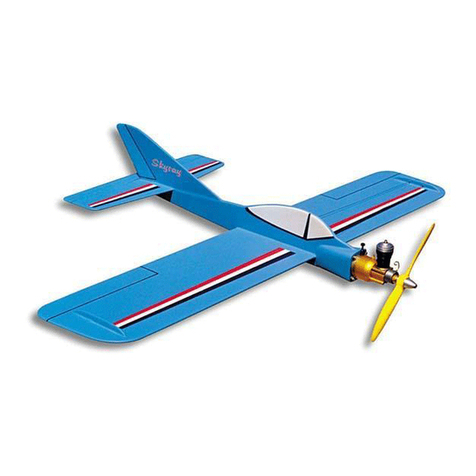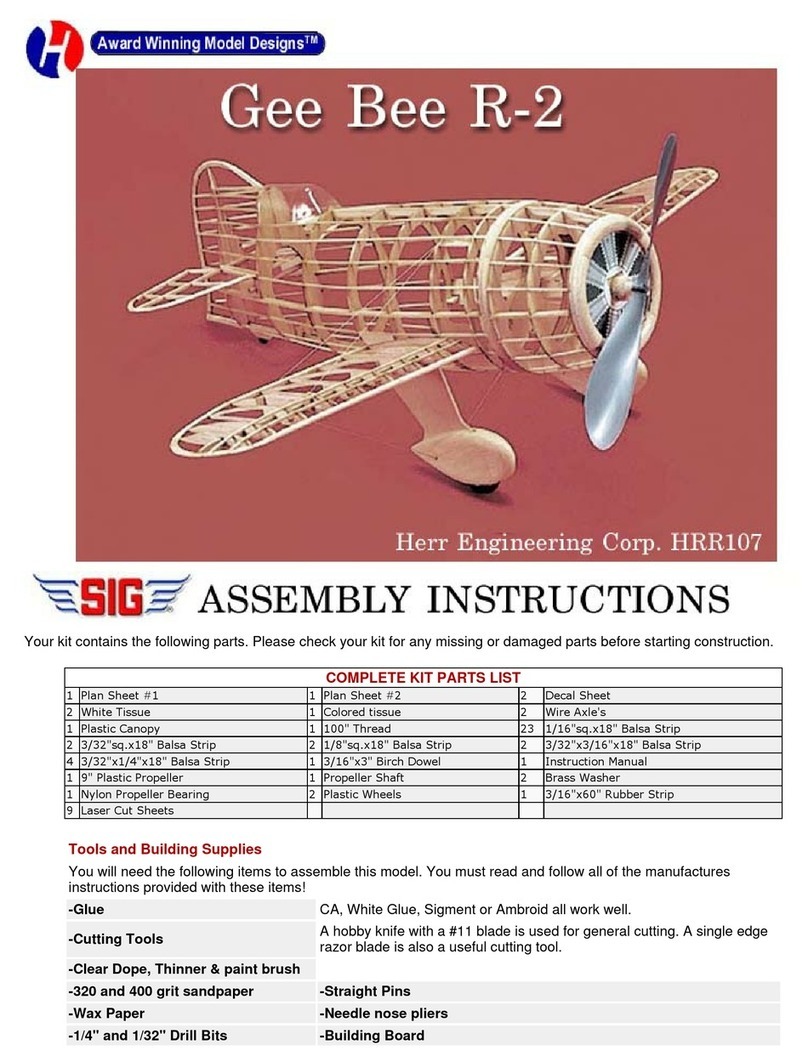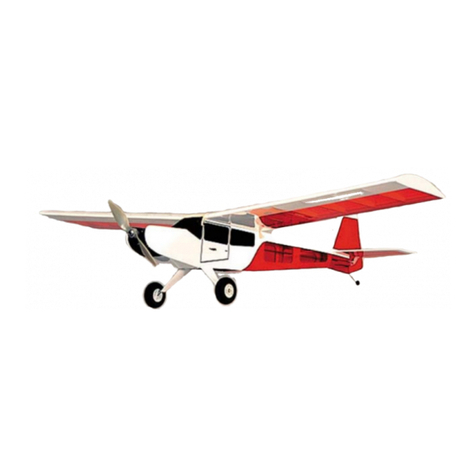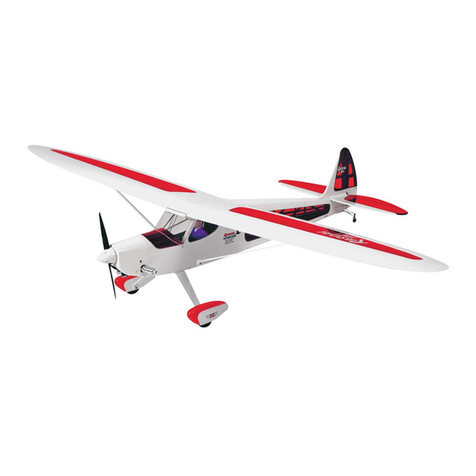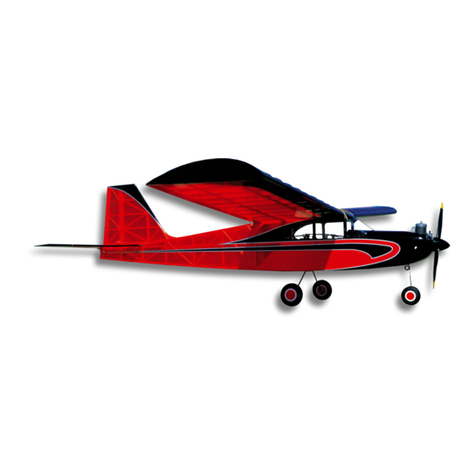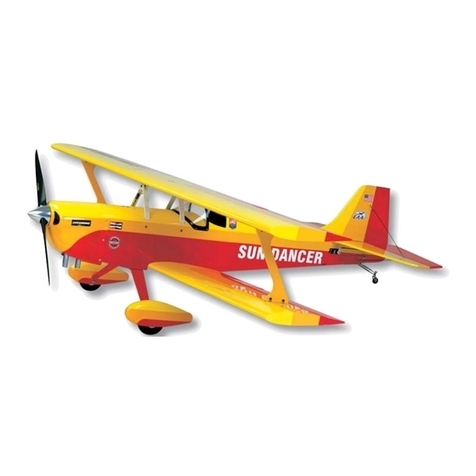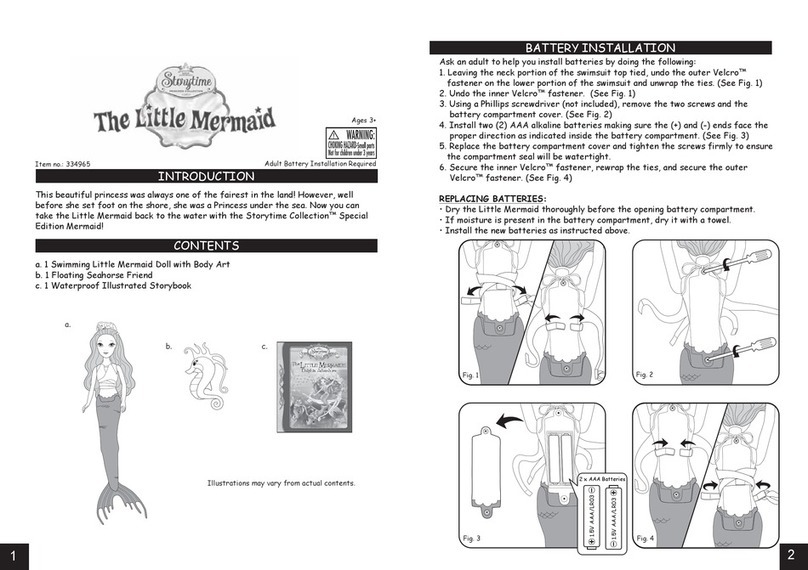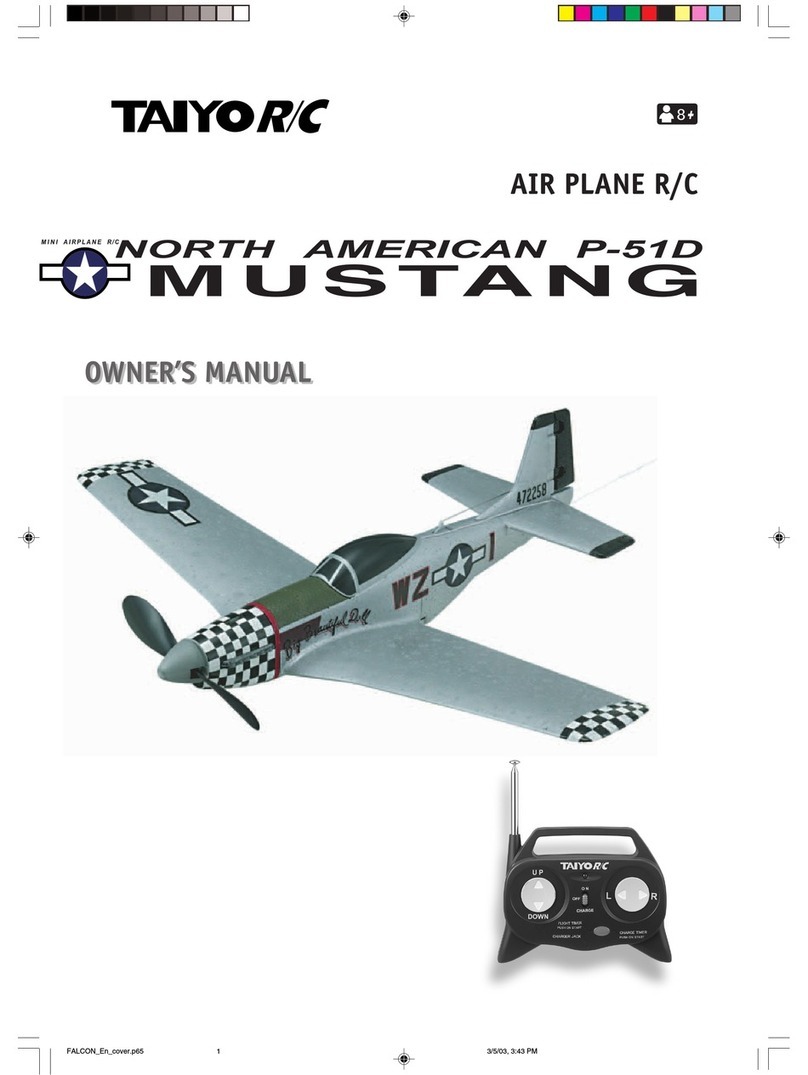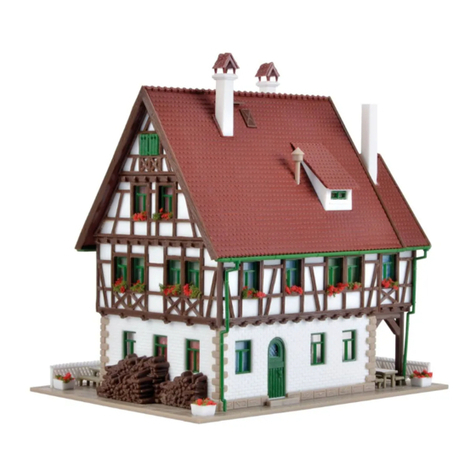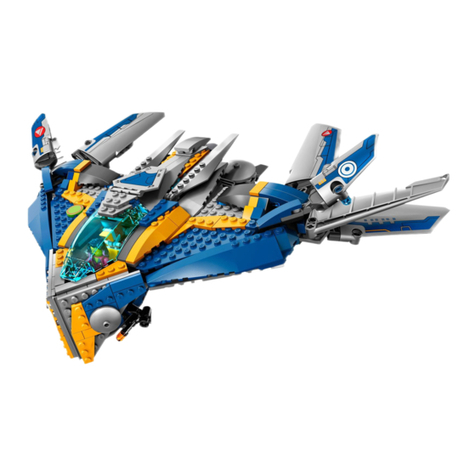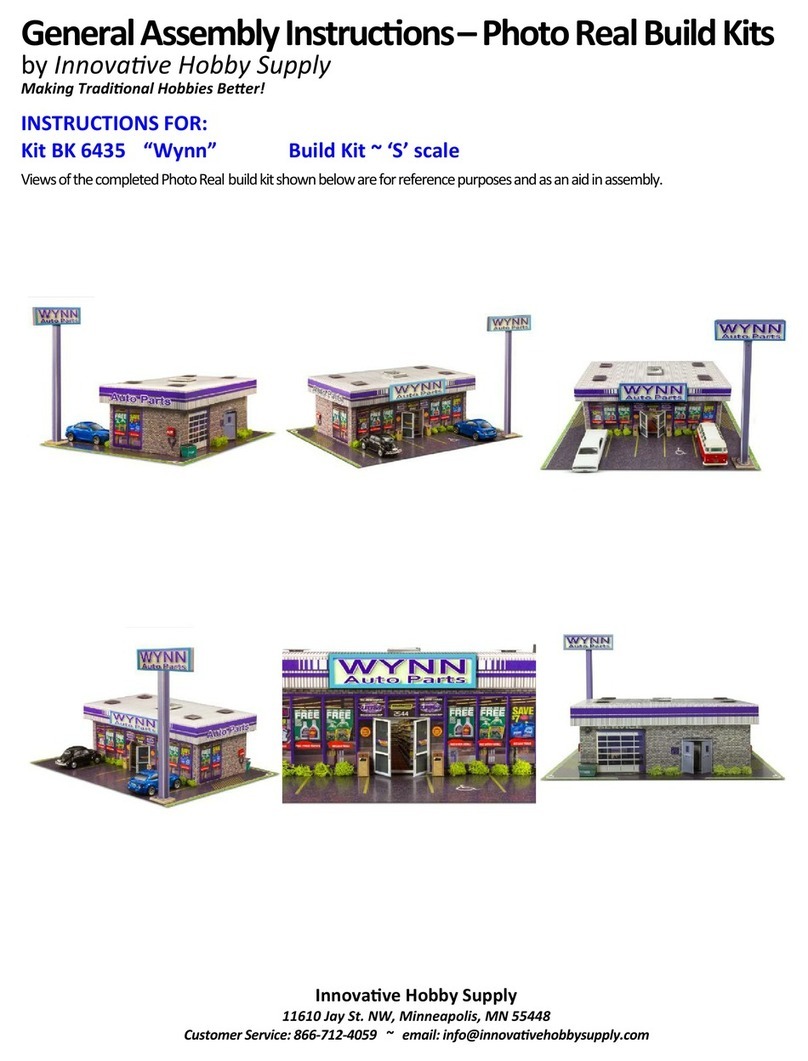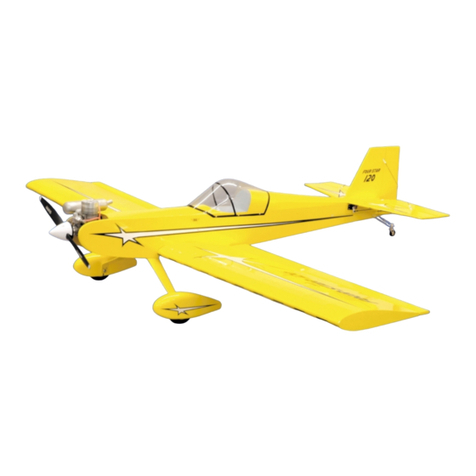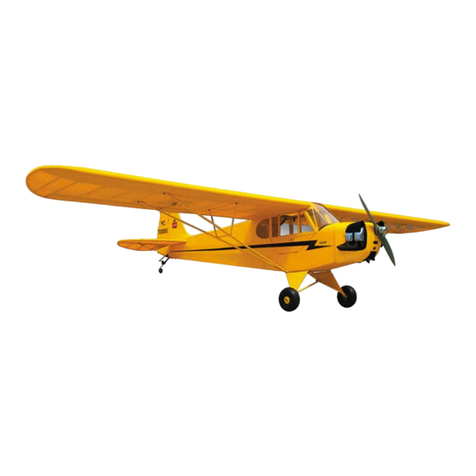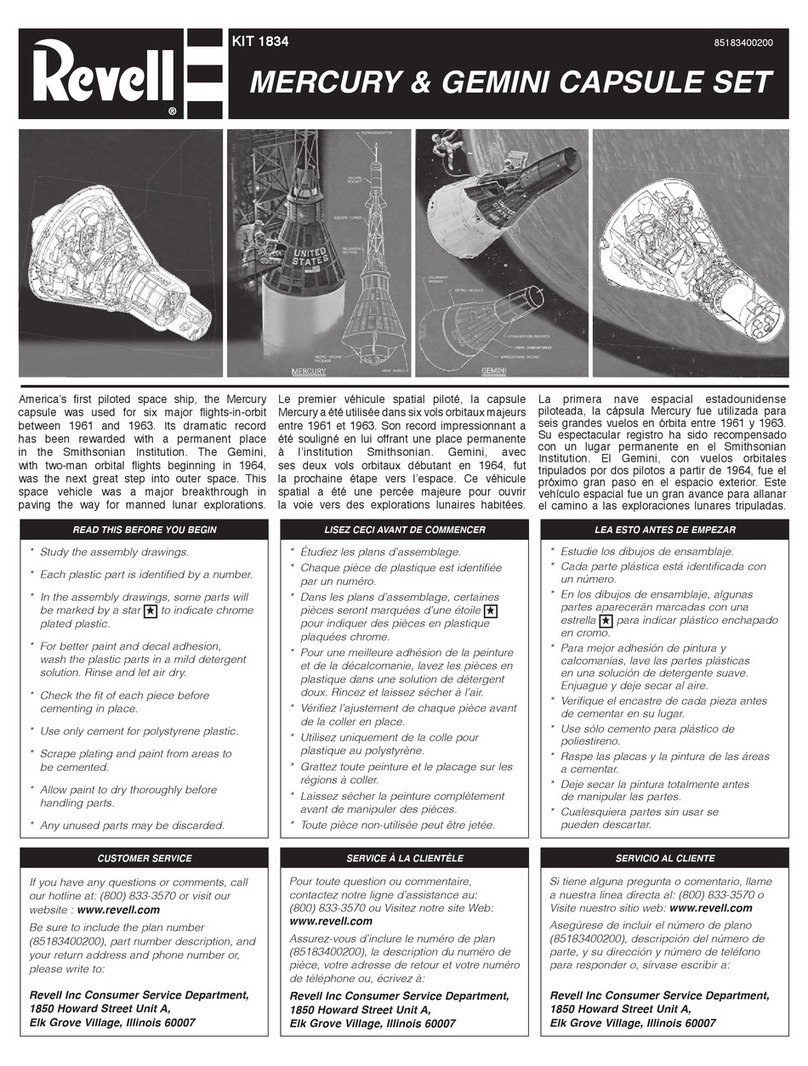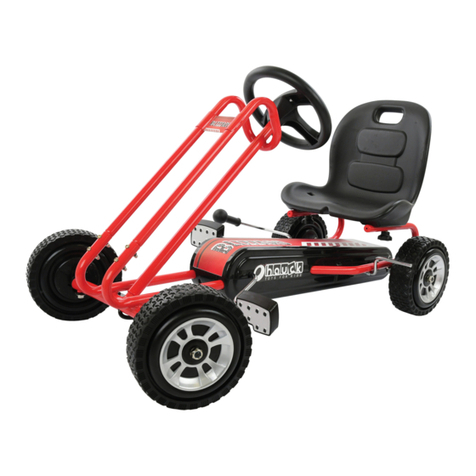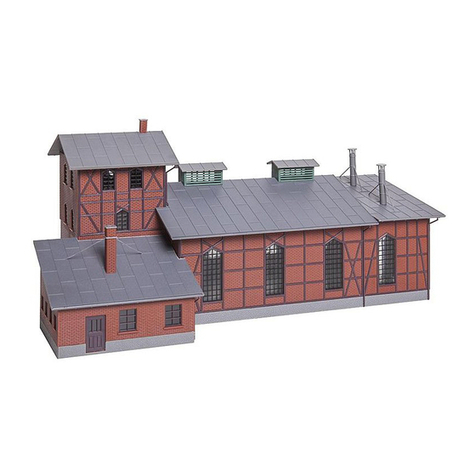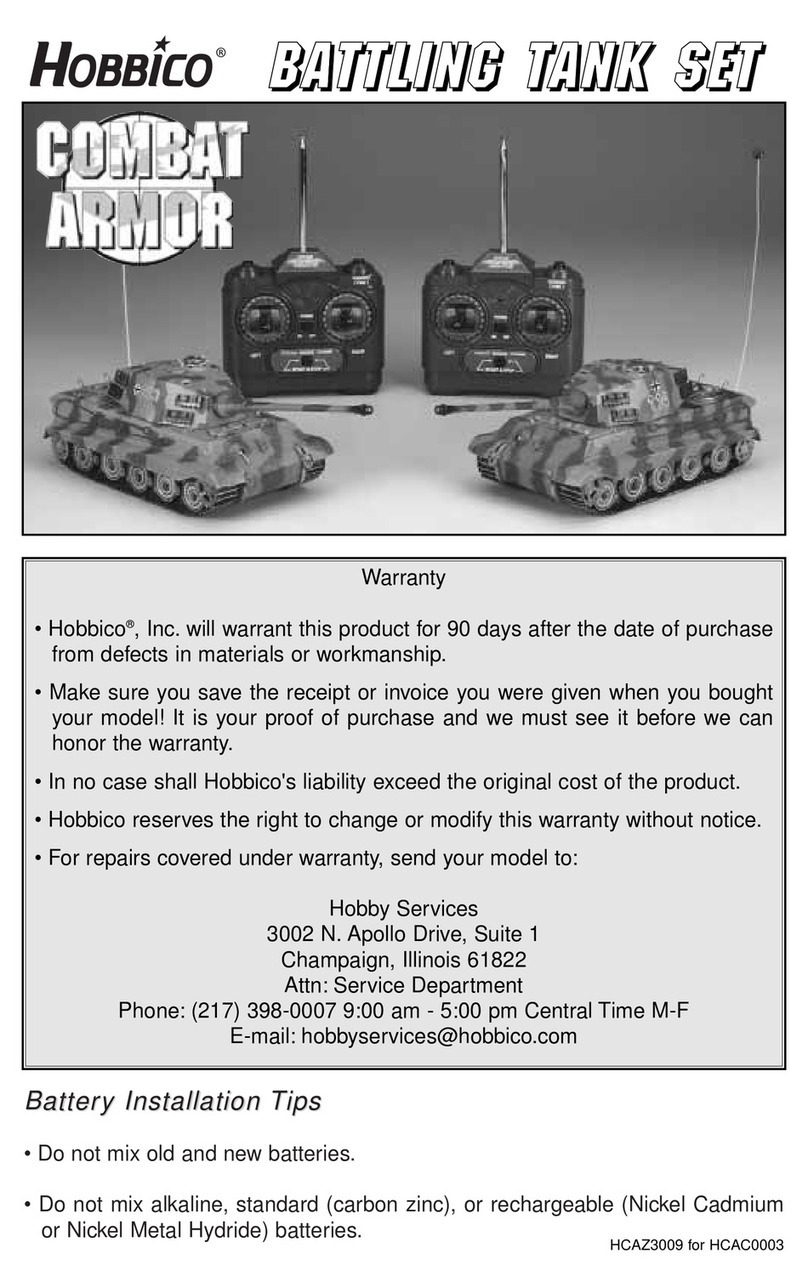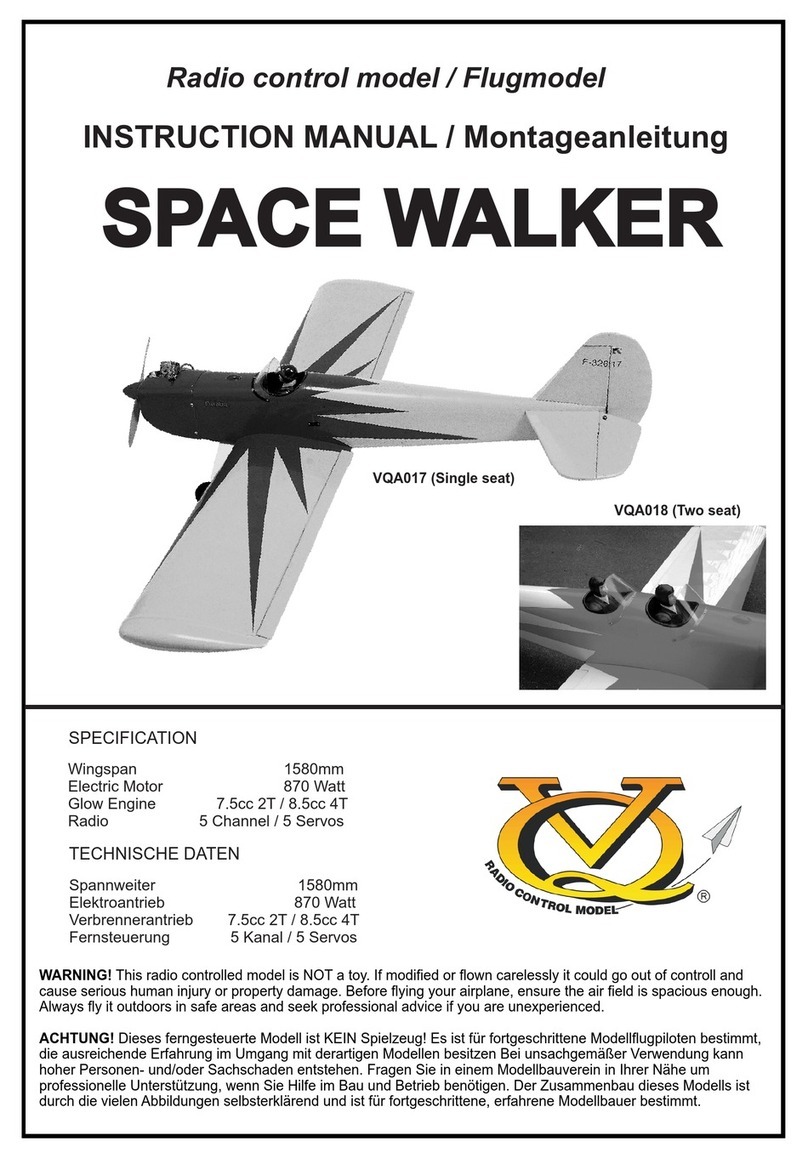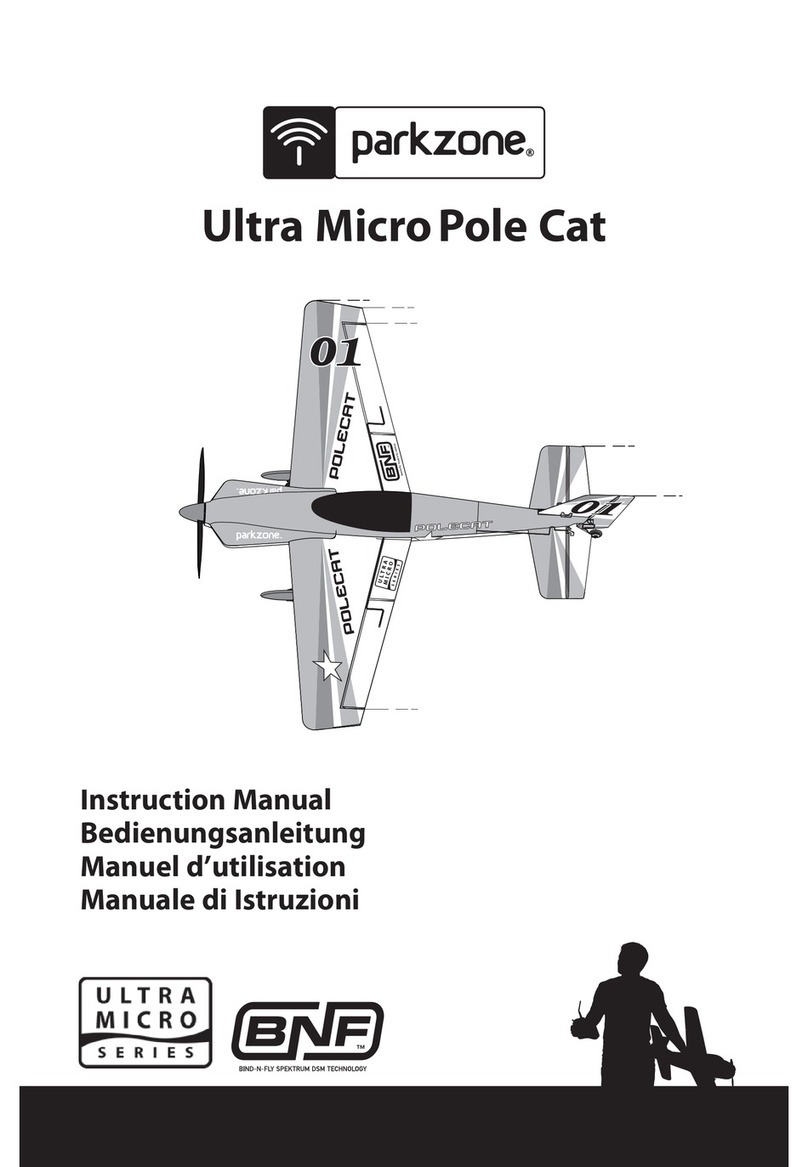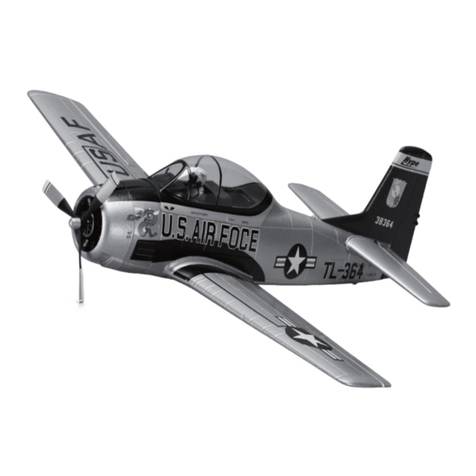18
desired position as long as you don’t press down on it. Once the
decal is in position, hold it lightly in place with your fingertips and
use a paper towel to gently dab the excess liquid away. Use a
small squeegee to now set the decal in place, removing all excess
liquid and any trapped air bubbles from beneath the decal. The
SIG 4" Epoxy Spreader - #SIGSH678 - is perfect for this job.
Remove any excess fluid with a dry paper towel and allow the
decals to set overnight. They will be solidly adhered to the model
without any air bubbles.
CENTER OF GRAVITY:
In terms of the flight characteristics you will realize, this is
probably the single most important step in preparing your SUN
DANCER 50 for flight. The final placement of the longitudinal
Center of Gravity or Balance Point is extremely important and
should be approached with patience and care. Completely
assemble the model, including propeller, spinner, etc. Do not leave
anything off the airplane that will be on it in flight. DO NOT FILL
THE FUEL TANK for balancing purposes.
We have found that the simplest way to check the balance is the
old "fingertips under the top wing" method. First place a strip of
masking tape on the bottom side of the top wing on both sides of
the cabane struts. Measure back from the leading edge and place
marks on the masking tape at the distance shown below.
For initial test flying and familiarization purposes, we suggest
a starting balance point of 3-1/4" behind the leading edge of
the top wing.
Place your fingers on the rear marks on the tape and gently lift the
model up off the workbench. If the model hangs in a tail low
position, the airplane is tail heavy. If the model hangs nose low, it
is nose heavy. If the model hangs level at the 3-1/4" mark, the
model is balanced properly for initial test flights.
If you need to move your balance point fore or aft slightly, the first
method to try is relocating the airborne battery pack. Often times,
moving your battery pack fore or aft is all you need to do to achieve
the desired balance point. If you have a super heavy engine, it’s
not unheard of for the battery pack to end up behind the cockpit
area. Wherever the battery pack ends up, be sure it is
adequately secured to the model structure so it will not move
around in flight. If relocating your battery pack is not enough to
achieve the desired balance point, and more weight is needed,
consider using a larger (and therefore heavier) battery pack. Try to
avoid adding useless weight. If you need more weight in the nose,
try a heavier spinner or replace the light wheels with heavier after-
market wheels. If your model is nose heavy and battery shifting
does not work, you can make significant changes in balance with
stick-on lead weights. These can be used temporarily on the
outside of the model until you've flown the airplane sufficiently to
know exactly where you like the CG and how much weight it takes
to get it there. Once that's done, the lead weights can be placed
inside the fuselage by simply removing the elevator servo and
securing the weights on the inside. With the elevator servo back in
place, the weights are hidden.
After flying for a while you may wish to fine tune the balance point
to match your flying style. As we all know, as the balance point is
moved aft, an airplane will become more responsive in all axis, but
it will be especially noticeable in "pitch" (up and down). We have
flown the SUN DANCER 50 with the C.G.as far back as 3-5/8" and
found it to be manageable, with excellent aerobatic capabilities.
However, we did notice an increase in pitch sensitivity and had to
decrease the elevator throw to compensate. "Softening" elevator
response with a reasonable exponential percentage also works. In
the end, the final balance point and control throws you use will
depend somewhat on how you like to fly. Some pilots like their
models extremely reactive, others strive for more smoothness.
The SUN DANCER 50 is a very capable aerobatic machine and
can be tailored to fit your style. We therefore suggest that you
begin with the suggested C.G. location and experiment from there.
Finally, the aerobatic performance of your SUN DANCER 50 will
benefit greatly if you balance the airplane laterally as well as fore
and aft. In other words, eliminate the "heavy wingtip" syndrome.
Lateral balancing requires that the model be suspended upside
down by two lines (use substantial size chord or fishing line). Loop
one line over the engine propeller shaft and the other line over the
tail wheel bracket. Hang the model from the ceiling or a rafter,
leveling it in side view. With the model secured in this way, observe
the wings. Ideally they should be level, without one wing lower
than the other. If one wing panel is lower, it means that it is
somewhat heavier than the other. When flying the model, this
imbalance can cause the model to "pull" to the heavy side,
especially in loops and up line maneuvers. To make the airplane
track true, the light wing panel needs weight at the tip to balance it
level with the other panel. Again, this can be done with stick-on
weights, which could later be hidden inside the wingtip.
FLYING:
If you have carefully followed this assembly manual, you should
have no real problems in test flying your SUN DANCER 50. Try to
choose a calm day for the first flight. Good conditions will help in
correctly evaluating the flight performance of the model. Begin
your test flight by making sure the engine is properly broken-in,
with a reliable idle, a strong top end, and smooth transition
performance. Set your engine’s high-speed needle valve a little on
the rich side, so that when the airplane noses up the engine will
not be over lean and sag.
Holding up elevator, taxi the model to get a feel for how it handles
on the ground. Make sure you have positive left and right turning
ability. If not, make any adjustments needed to achieve positive
ground control. Once you are satisfied with the taxi tests, line the
model up with the centerline of the runway with the nose into the
wind. Hold a little up elevator and advance the throttle smoothly -
do not throw the throttle open all at once! The airplane should roll
forward smoothly. As speed builds, slowly back off the elevators
and use just a little rudder, only as needed, to maintain a straight
takeoff run. The tail will come up as flying speed is reached and a
little up elevator will lift the SUN DANCER 50 off the ground.
Maintain a straight outbound flight path, climbing at a shallow
angle until a safe maneuvering altitude is reached. If the model
requires trim, fly it to a reasonable altitude first before trimming.
Initially, make your control inputs smooth and avoid jerking the
sticks.
At altitude, make any trim changes needed to achieve hands off,
straight and level flight. From our experience, this will take very
little trim input, if the model was assembled and balanced
properly. Once you're comfortable, make a few circuits around the
field to get the feel of the controls. The airplane should
demonstrate smooth flight characteristics without jumpiness or
over-sensitivity. At altitude, try a roll. Then, try another roll to the
opposite side. Properly trimmed, the SUN DANCER 50 will roll
smoothly and very axially in either direction. Now try a loop. The
SUN DANCER 50 should pull cleanly through loops, without
wandering to either side. Once you're comfortable, try knife-edge
flight. You will quickly find that the SUN DANCER 50 easily




















